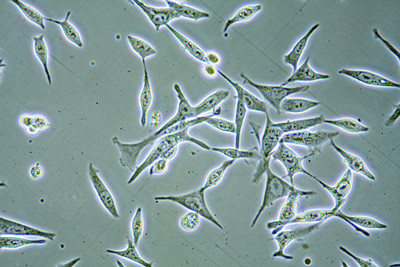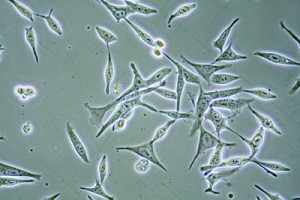Prostate cancer treatment market value to rise to $13.6b
Posted: 13 November 2015 |
GBI Research says the rise will be driven primarily by growth in disease prevalence due to an aging global population…


The global treatment market for prostate cancer will expand rapidly from $7.6 billion in 2014 to $13.6 billion by 2021, according to business intelligence provider GBI Research.


The company’s latest report, Prostate Cancer Market to 2021 – Increasing Disease Prevalence to be a Key Driver of Market Growth, states that the rise, which will occur across the eight major markets of the US, Canada, France, Germany, Italy, Spain, the UK and Japan, will be driven primarily by growth in disease prevalence due to an aging global population.
Katie Noon, Senior Analyst for GBI Research, says the continued uptake of Zytiga and Xtandi and the approval of several premium products will also be key factors aiding prostate cancer therapy market growth by 2021.
Noon explains: “Zytiga and Xtandi are both blockbuster drugs, with global sales in 2014 of $2.2 billion and $2.1 billion, respectively. While the strong sales growth of these products is beginning to plateau, it will continue to increase over the next few years.
“In line with this, the approvals of Zytiga and Xtandi in 2013 and 2014, respectively, for the first-line treatment of metastatic castration-resistant prostate cancer patients in Europe and the US, and of both drugs for the treatment of docetaxel-resistant patients in Japan, will contribute to the increase in sales of both products.”
Prostate cancer treatment market to be boosted by anticipated approval of nine products
The analyst adds that the prostate cancer therapeutics market will also be boosted by the anticipated approval of nine late-stage pipeline products during the forecast period, including the cancer vaccines Prostvac, DCVAC and ProstAtak.
Noon continues: “Novel therapies are expected to be predominately approved in castration-resistant patients, and to compete with better-established treatments, such as Zytiga, Xtandi and generic docetaxel, or to act as adjuvants to established therapies.
“However, with the likely exception of Prostvac, many of the drugs indicated for use in non-metastatic patients, or in combination with already-costly therapies in metastatic castration-resistant patients, may find that their cost hinders market uptake.”
GBI Research’s report also states that although the therapeutic pipeline for prostate cancer is relatively large, with 448 products in active development, the indication suffers from a high failure rate.
“While there is a demonstrably high level of risk associated with the development of pharmaceutical products for prostate cancer, the market remains favorable, as this risk is offset by high potential revenue,” concludes Noon.




